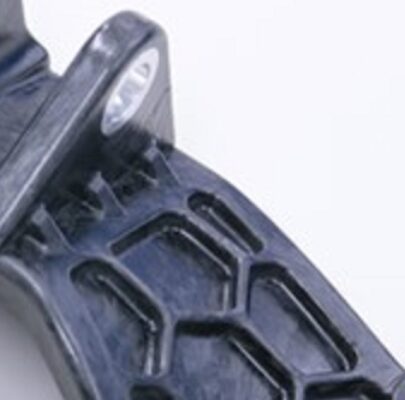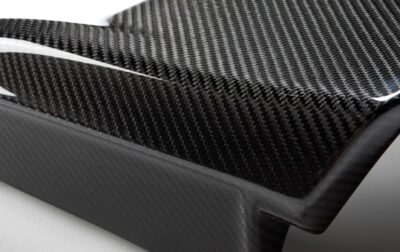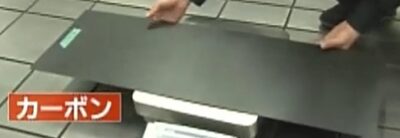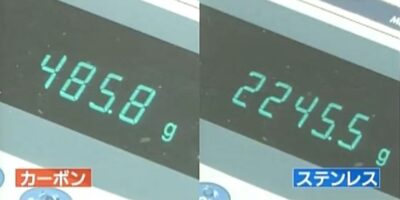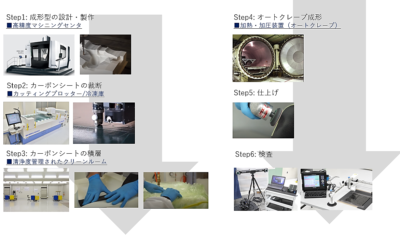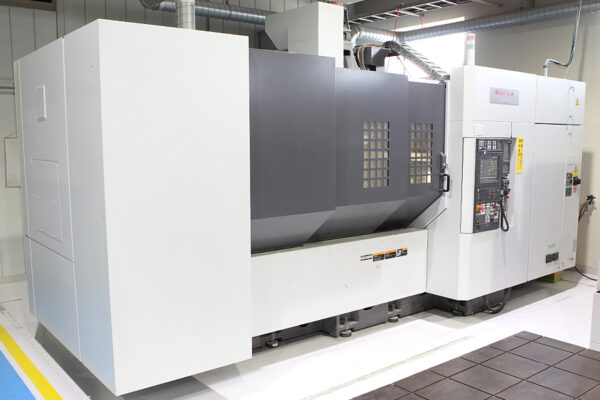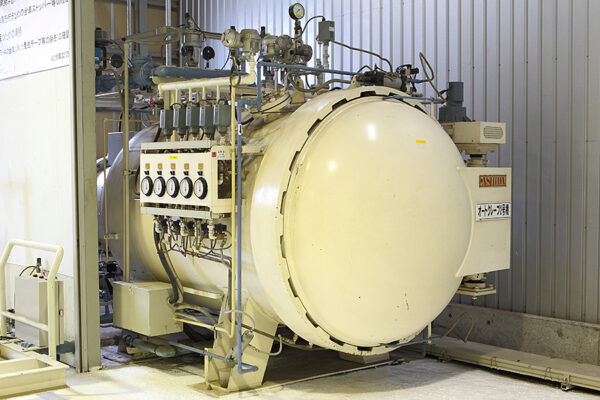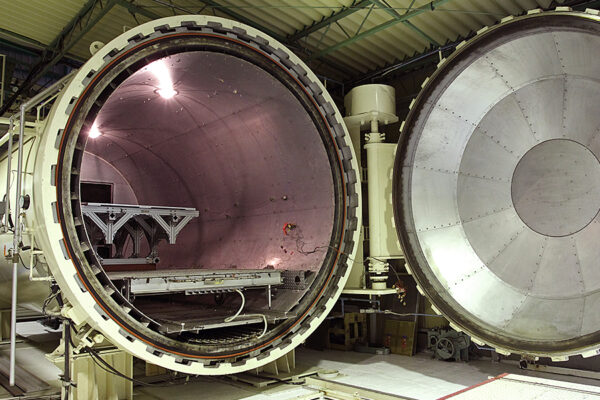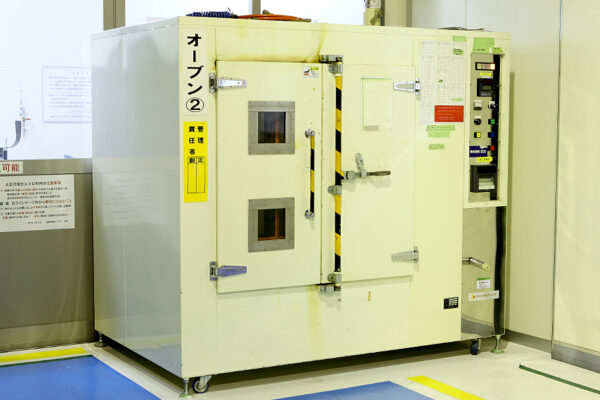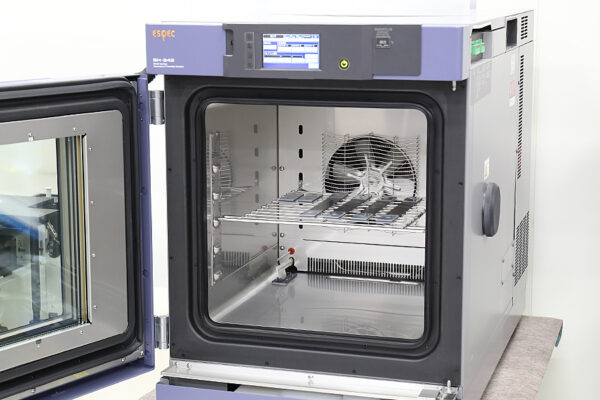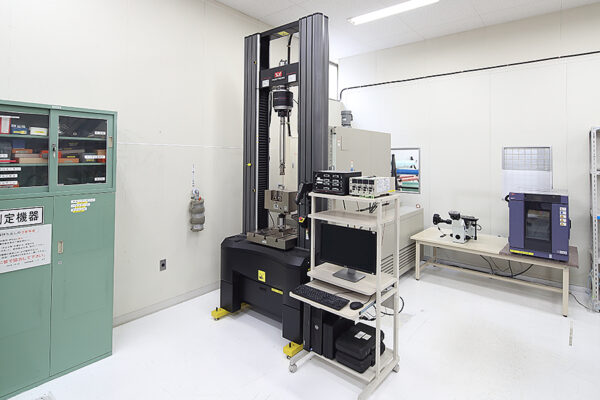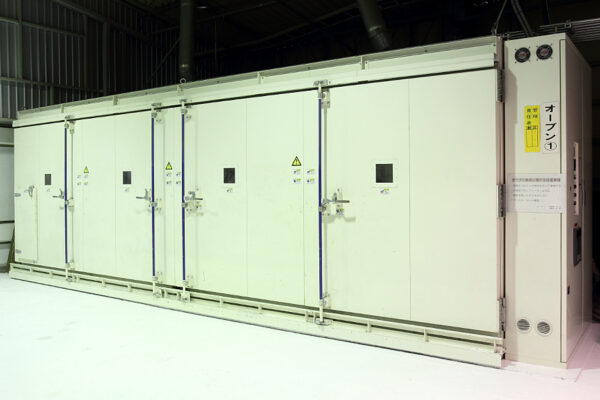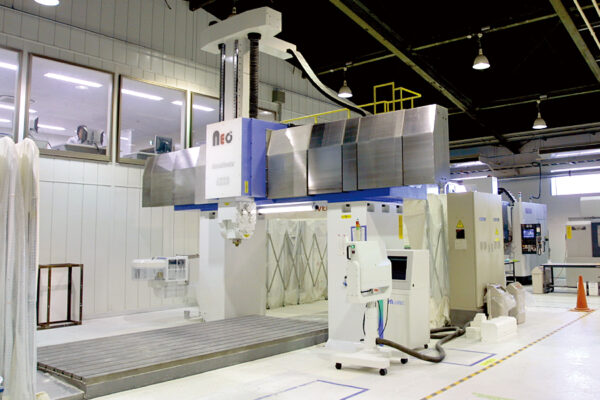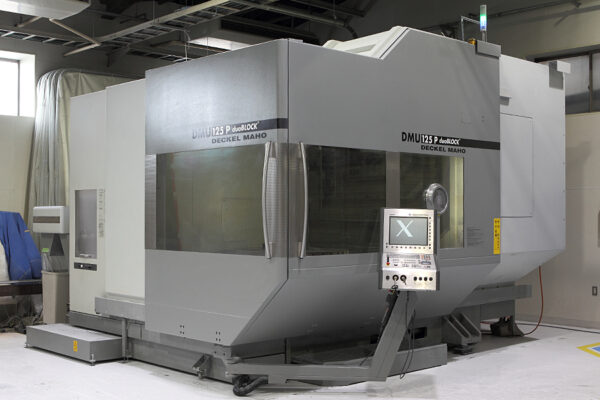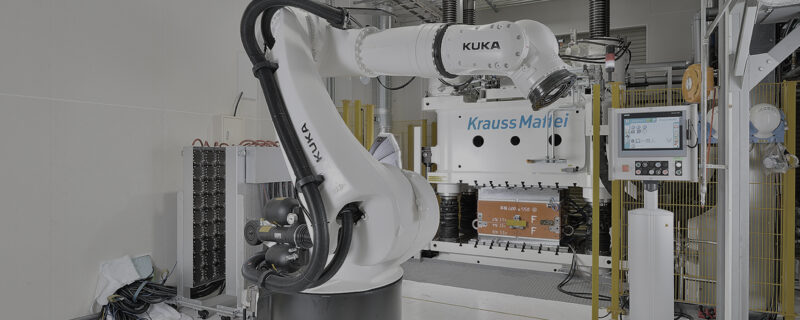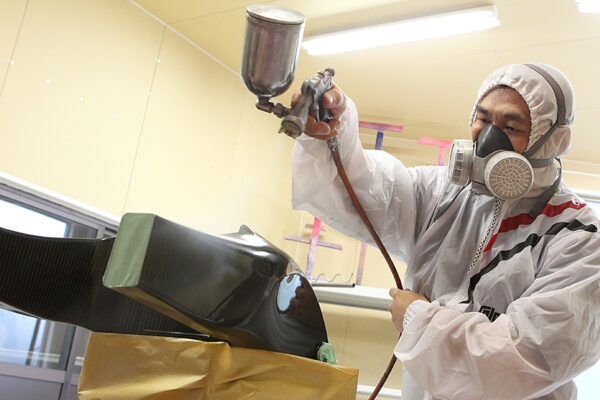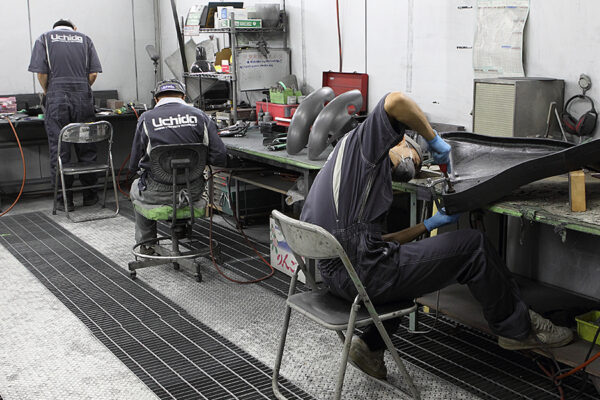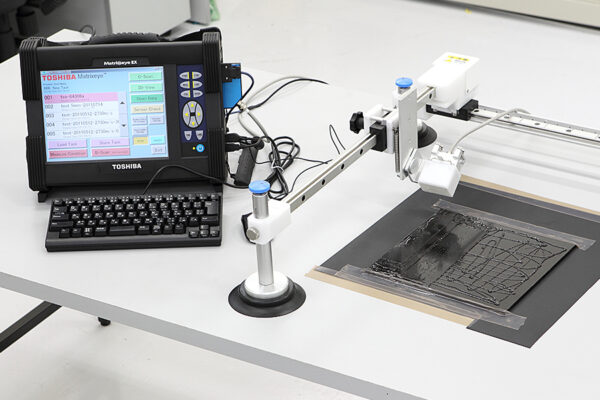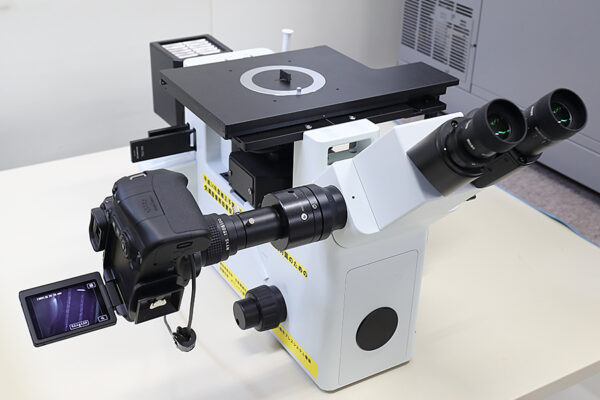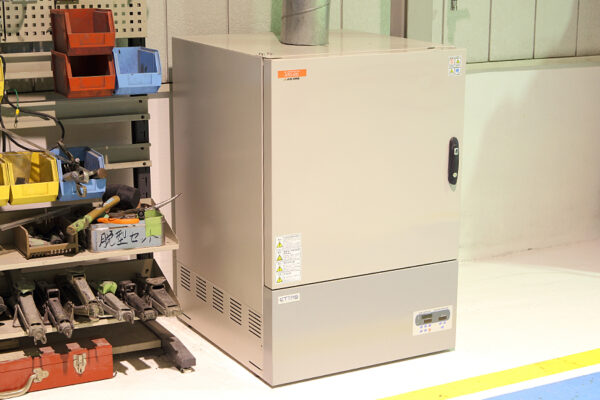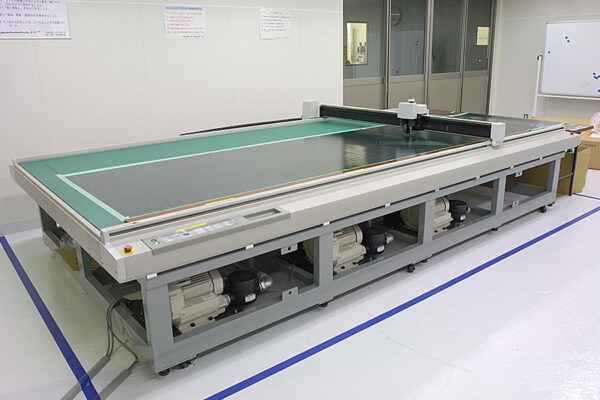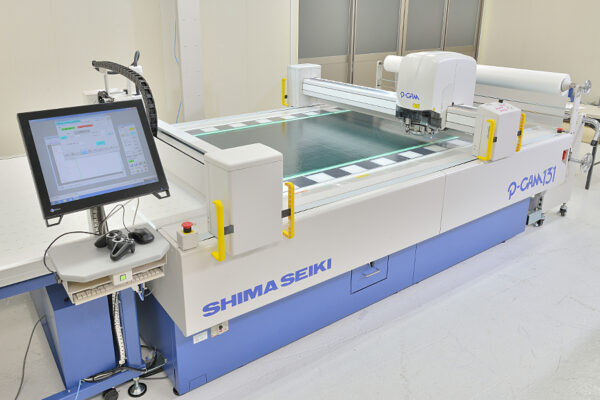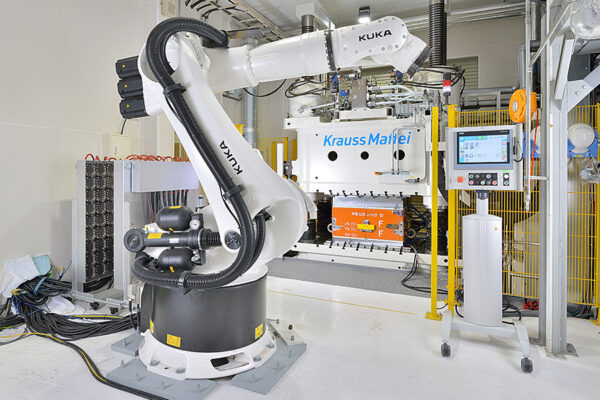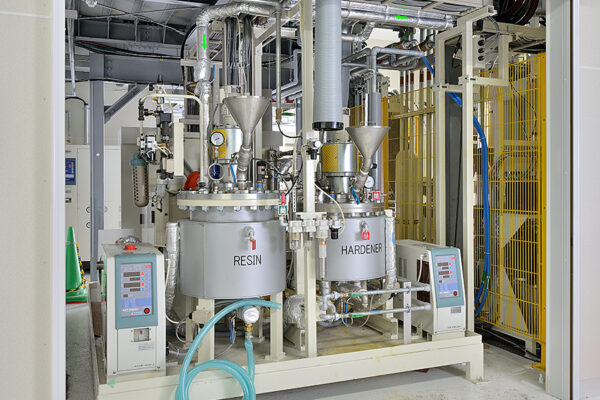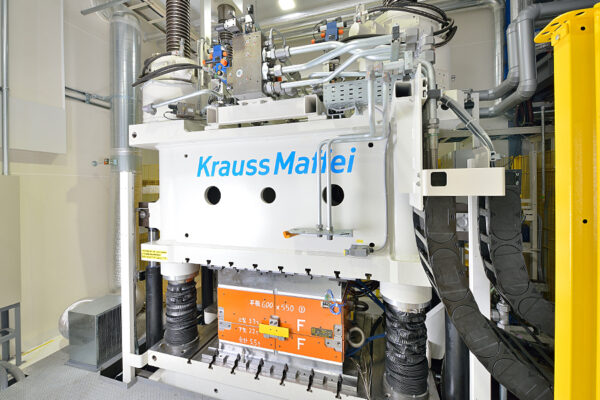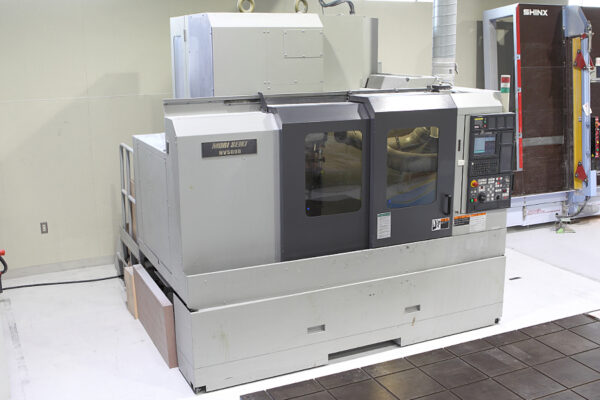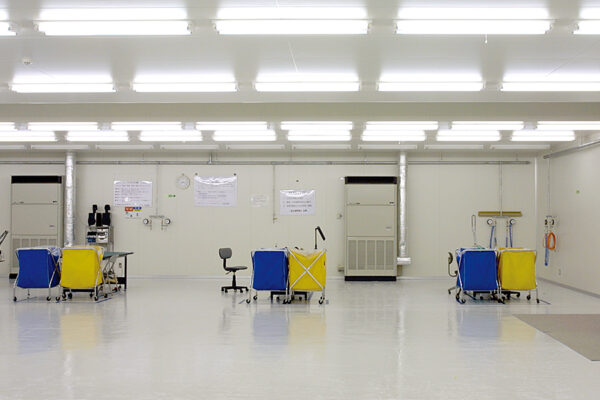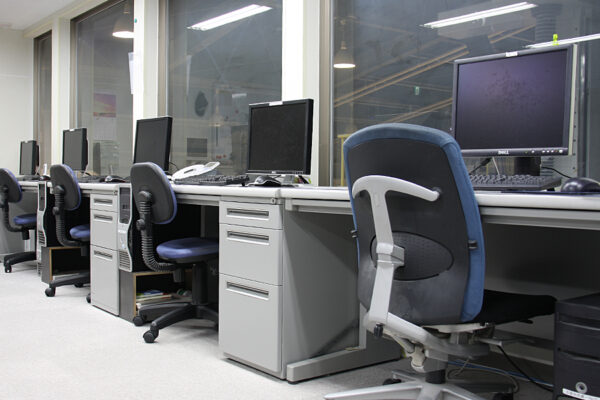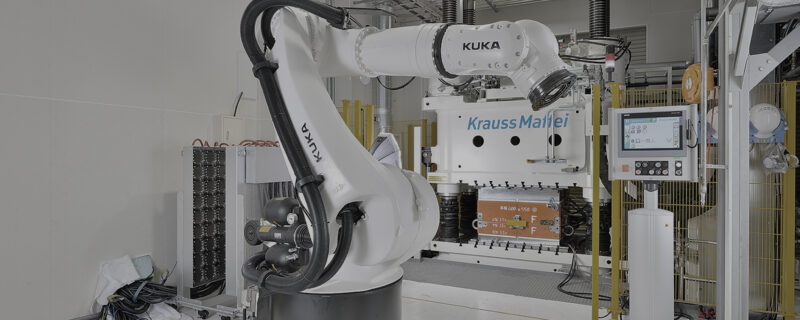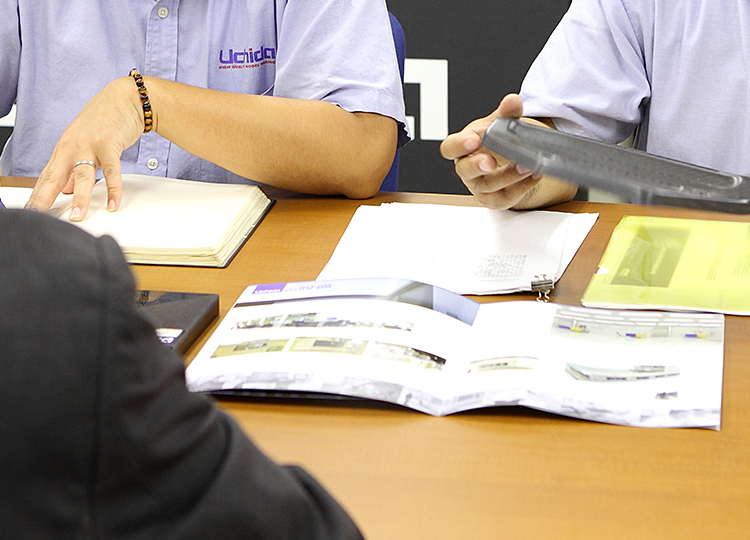Introduction
These days, people require weight-reduced products for various situations and purposes from improved fuel efficiency or cruising ranges in cars or aircrafts to products for everyday needs. In this issue, we will discuss the benefits of weights reductions.
Overview
Weight reduction methods can be divided into two main types: 1) weight reduction by material substitution and 2) weight reduction by structural modification. In this issue, we will explore material-based weight reductions and their benefits.
Benefits of Weight Reductions
In automobiles and other forms of mobility, reducing the weight of the vehicle lowers the amount of energy/fuel required to run the vehicle. The improved fuel efficiency allows the vehicle to travel longer distances on the same amount of fuel, hence the reason why light cars have good fuel efficiency.
The same can be said for aviation. For vehicles that carry people through the sky, it’s easy to imagine that the lighter the vehicle the better the fuel efficiency. On that note, “lunar exploration” has become a hot topic in recent media. It is said to cost around 100 million yen/kg (approx. $700,000) to transport goods to the moon and, therefore, even a 1-gram reduction could significantly lower the cost. Similarly, in the competitive world of car or motorbike racing, where a split 0.01 second is at stake, the smallest weight reduction could mean the difference between winning or losing.

FRP: A Widely Used Composite
The most obvious example of a composite material is reinforced concrete, a material created by reinforcing a concrete base material (matrix) with steel bars.
Fiber Reinforced Plastic (FRP) is a widely used fiber-reinforced polymer-based composite with high-performing and weight-reducing properties. The plastic polymer (resin) used as the matrix is lightweight with exceptional molding versatility, while the added reinforcing fibers (generally glass fiber) enhance the tensile strength and rigidity. Carbon reinforced plastic fiber (CFRP) is a polymer-based composite and type of FRP that, as the name implies, employs carbon as the reinforcing fiber to further optimize the tensile strength, rigidity, and weight-reducing potential of the material.
Advantages of FRP Composites
The Greatest Advantage of FRP is its Lightweight and Superior Strength.
FRP has molding versatility equal to resin. Unlike metals and isotropic materials, the anisotropic properties of FRP offer design flexibility that achieves varying strength/rigidity depending on the orientation of the fibers. In other words, we can add or decrease the strength/rigidity in varying directions, while maintaining the same ply thickness, according to the specifications of the product.
Compared to conventional plastic products, FRP offers various advantages including reduced material thickness, fewer structural components, and integrated architectural structures due to its increased strength. Even when compared to metals, Carbon Fiber Reinforced Plastic (CFRP) delivers exceptionally low specific gravity, high strength, and corrosion resistance.
* CFRP specific gravity of 1.5-1.7g/cm3
Below image: Weight comparison between CFRP and stainless steel for the same size and thickness.
* Tensile strength range of 3000-7000MPa and tensile modulus range of 50-900GPa depending on the fiber used. Offers material and product design flexibility according to the specifications and requirements.
*Vibration damping properties, electrical conductivity, fatigue properties, X-ray transmission properties, and similar.
The low specific gravity and superior strength illustrates the benefits afforded by weight reductions.
The initial letter refers to the type of fiber used; C being carbon, G being glass fibers, and A being aramid fibers. Since CFRPs are composed from a combination of reinforcing fibers and resin (plastic), they are referred to as a “composite” or “composite material”.
Manufacturing Method
CFRP is known for its many unique qualities. But what kind of manufacturing processes are used to create this fascinating product? Next up, we will introduce the general flow of autoclave molding, the golden standard method used to produce high-quality CFRP.
Summary
This issue discusses weight-reduction methods using FRP (particularly CFRP). Information on these advanced composite materials is still limited and, consequently, difficult to fully comprehend.
CFRP offers remarkable “lightweight, strong, and non-corrosive” advantages. Despite these, challenges in manufacturing complexity, cost reduction, mass producibility, and recyclability are yet to be fully resolved. We urge you to look into employing CFRP or GFRP with a full understanding of the drawbacks as well as the benefits.
Related useful contents
You can explore related content by clicking on a topic of interest.
ABOUT UCHIDA - 55 years since our founding
We leverage a wealth of technical expertise as a CFRP molding and processing manufacturer using FRP, GFRP, and CFRP materials. We offer a one-stop solution, encompassing design, analysis, manufacturing, secondary processing, assembly, painting, quality assurance, and testing.
UCHIDA's equipment
We have cutting-edge equipment to ensure that we can address even the most advanced challenges of our customers.
Video Library
In the following video, we provide a detailed overview of our manufacturing process. Please feel free to watch and learn more.


